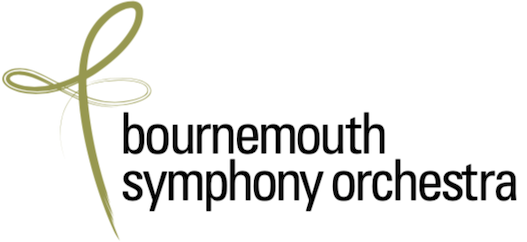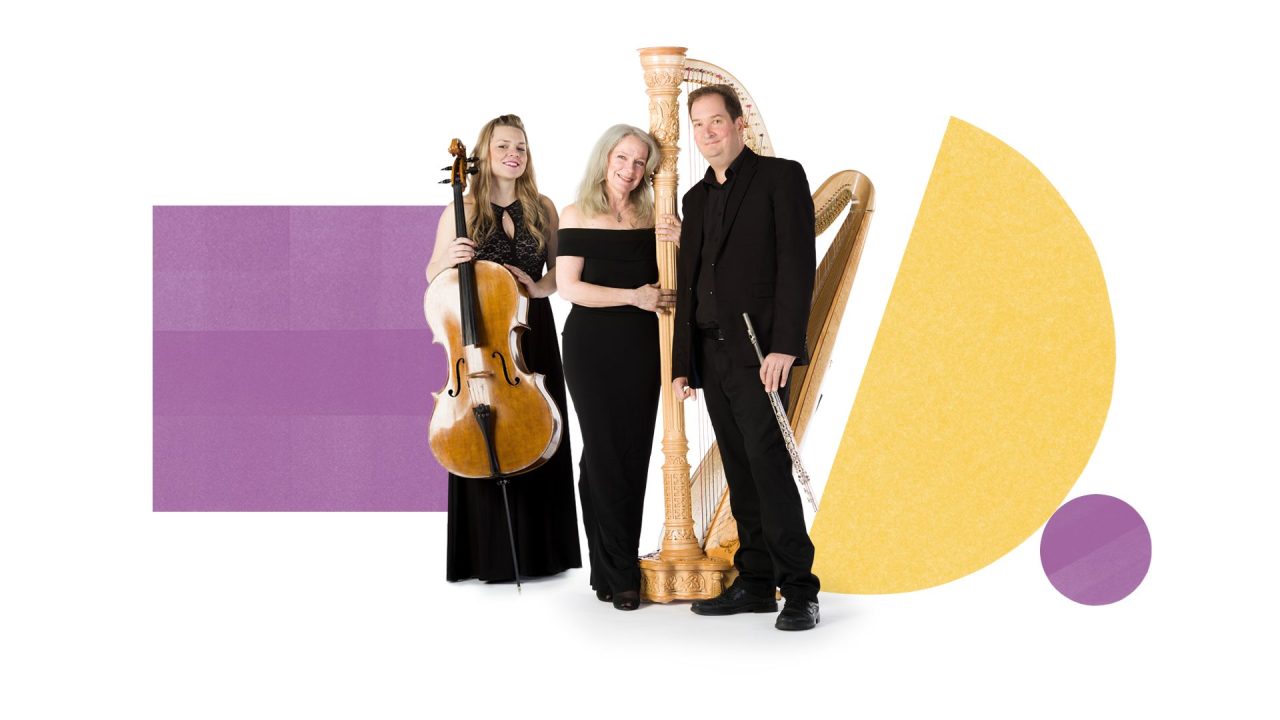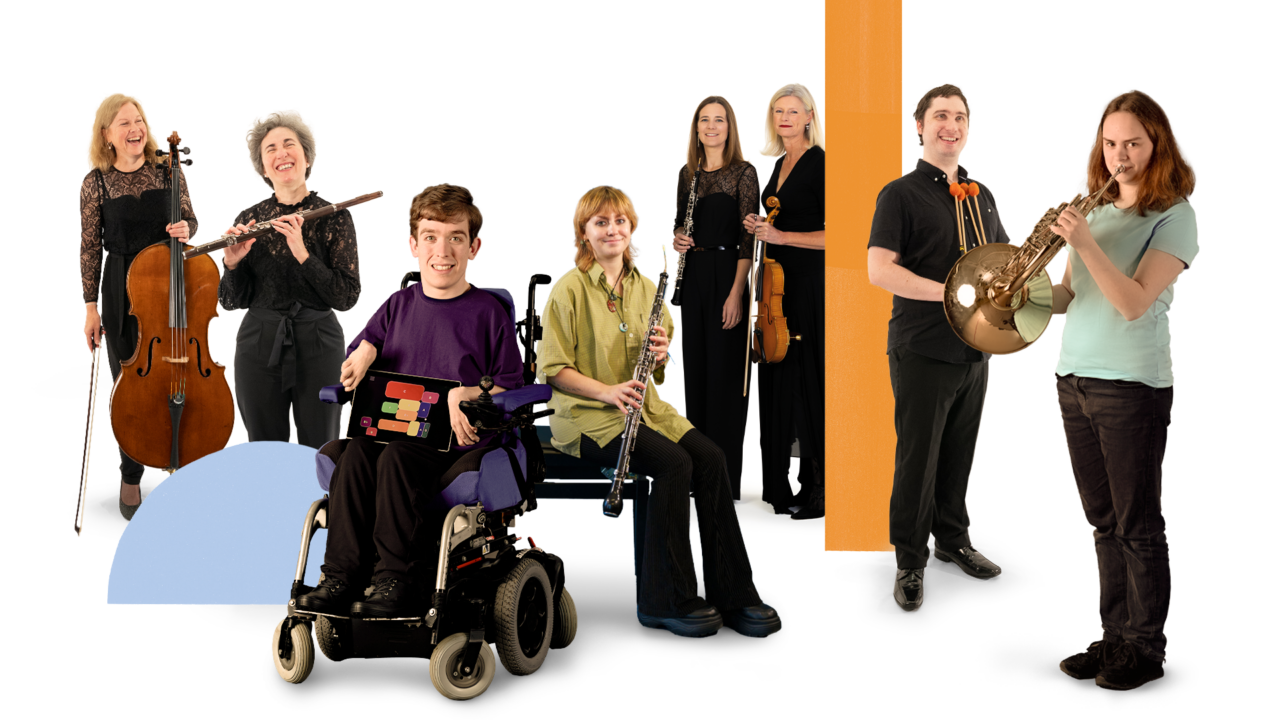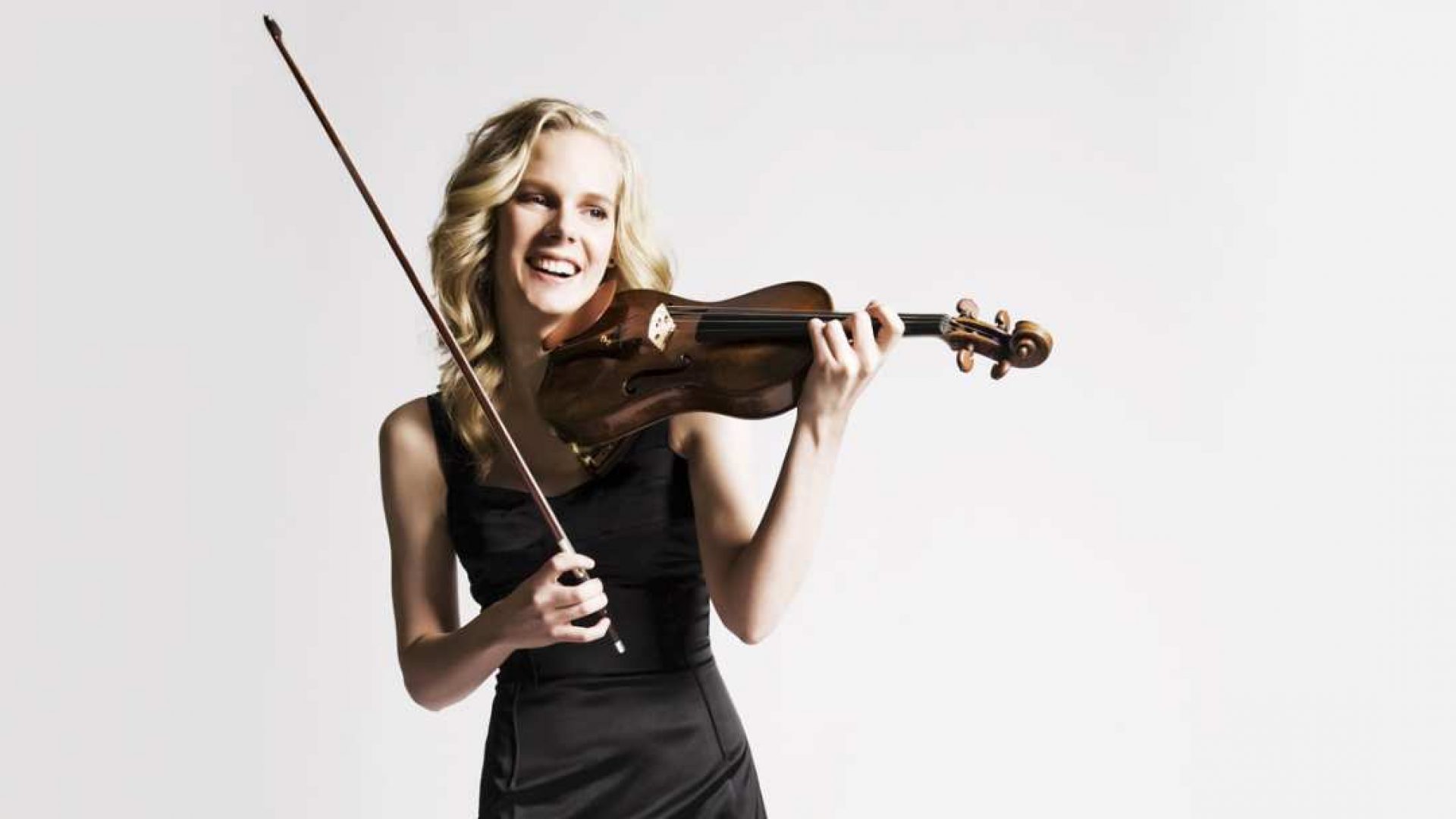Rachmaninov’s Third Symphony, written nearly thirty years after his Second, has an ‘American’ feel to it – there are strong suggestions of Gershwin’s Rhapsody in Blue, but it is also his most expressively Russian symphony, particularly in the dance rhythms of the full-throttle finale. Containing all the wide-spanning tunes, colourful and characteristic orchestration and the melodic invention one expects, it includes new developments like quixotic sudden changes of mood, transparent textures and thematic strands which endlessly start and stop, weaving and overlapping one another.
With music of considerable originality and beauty, rich in glowing sound textures, the First Violin Concerto displays Szymanowski’s penchant for sensuous, rhapsodic meditation. It introduces a new music language full of ecstatic raptures, tension and emotional intensity. Written in 1916, whilst he was in Ukraine, its likely inspiration was Noc Majowa (May Night), a poem by the Polish poet Tadeusz Miciński.
What unites Stravinsky’s ‘War’ Symphony, written during the final horrors of World War II, is its powering rhythmic drive, very reminiscent of The Rite of Spring, which holds the sectional structure together. The taut energy, the character changes in the music, the images of war and the rhythmic machine that he creates in the music are all extremely exciting.
Works and composers
Gallery






